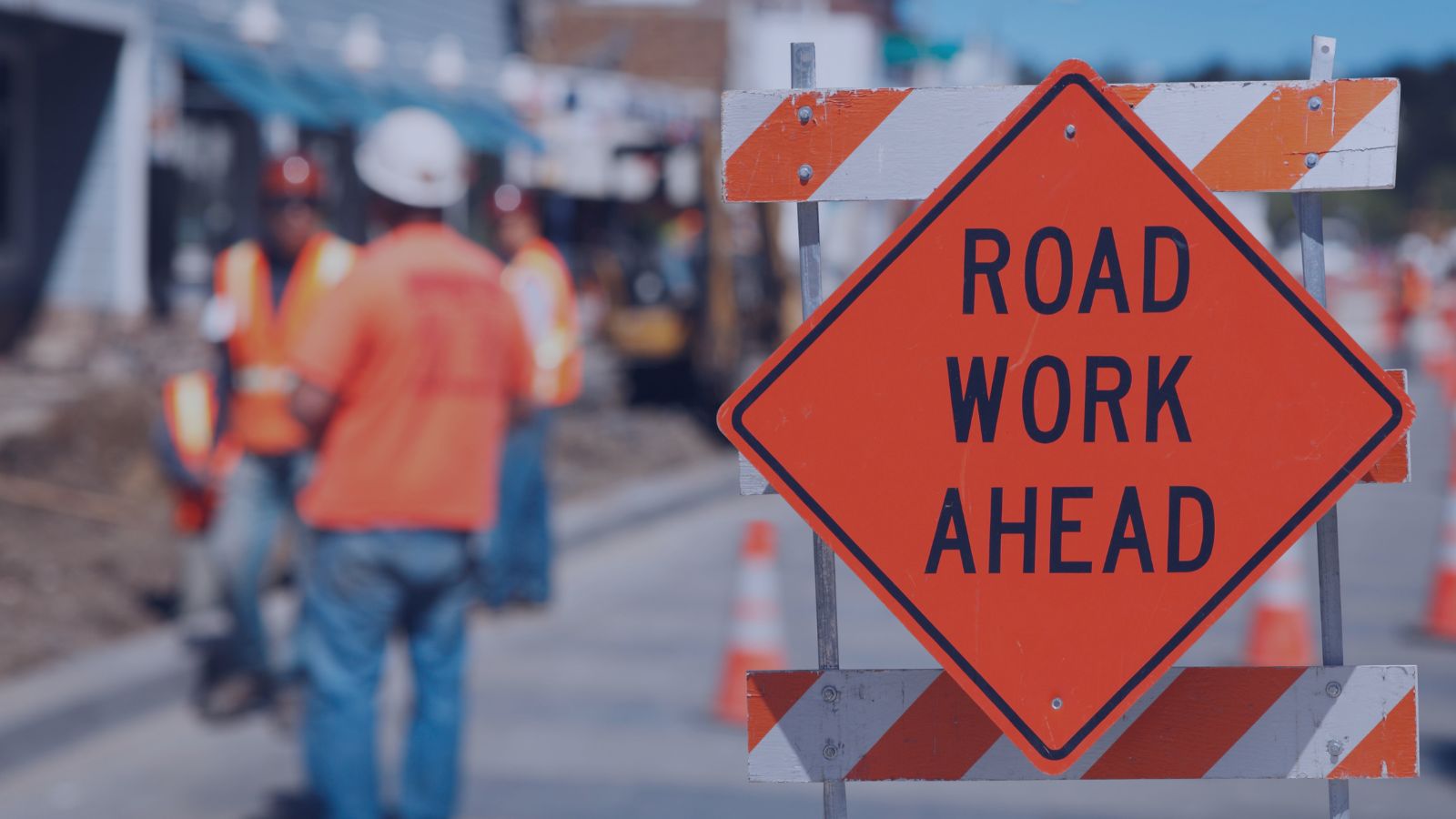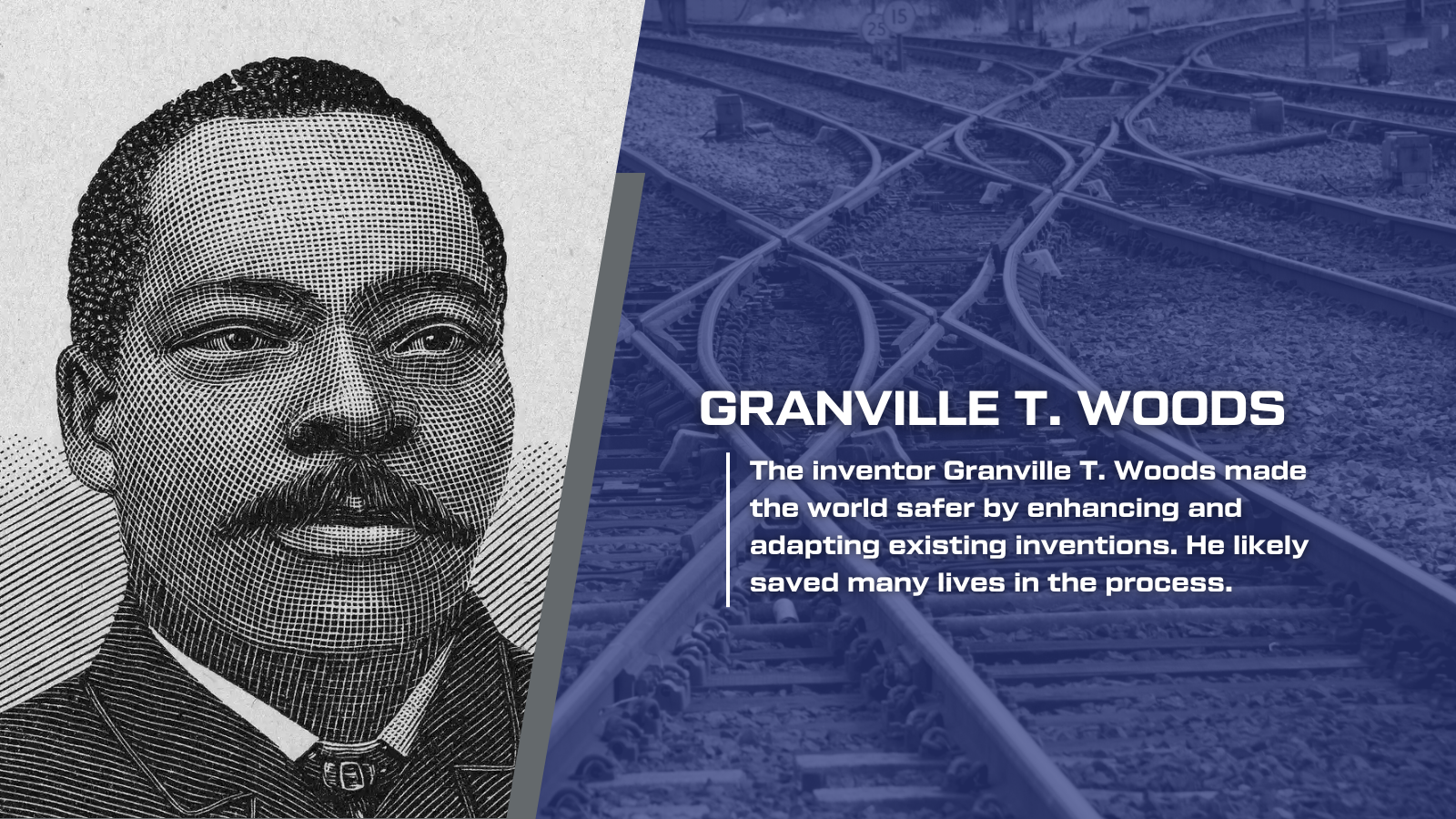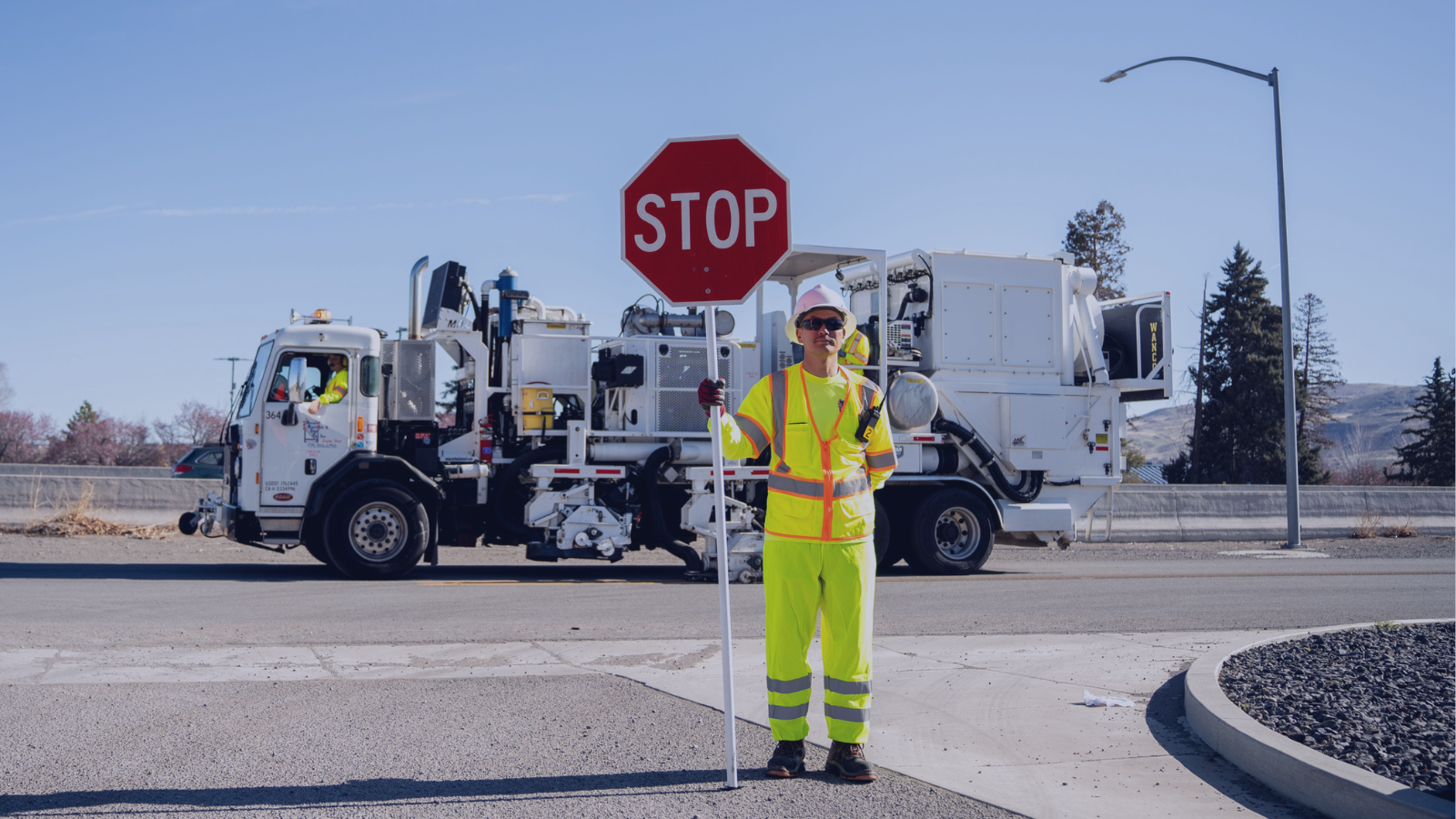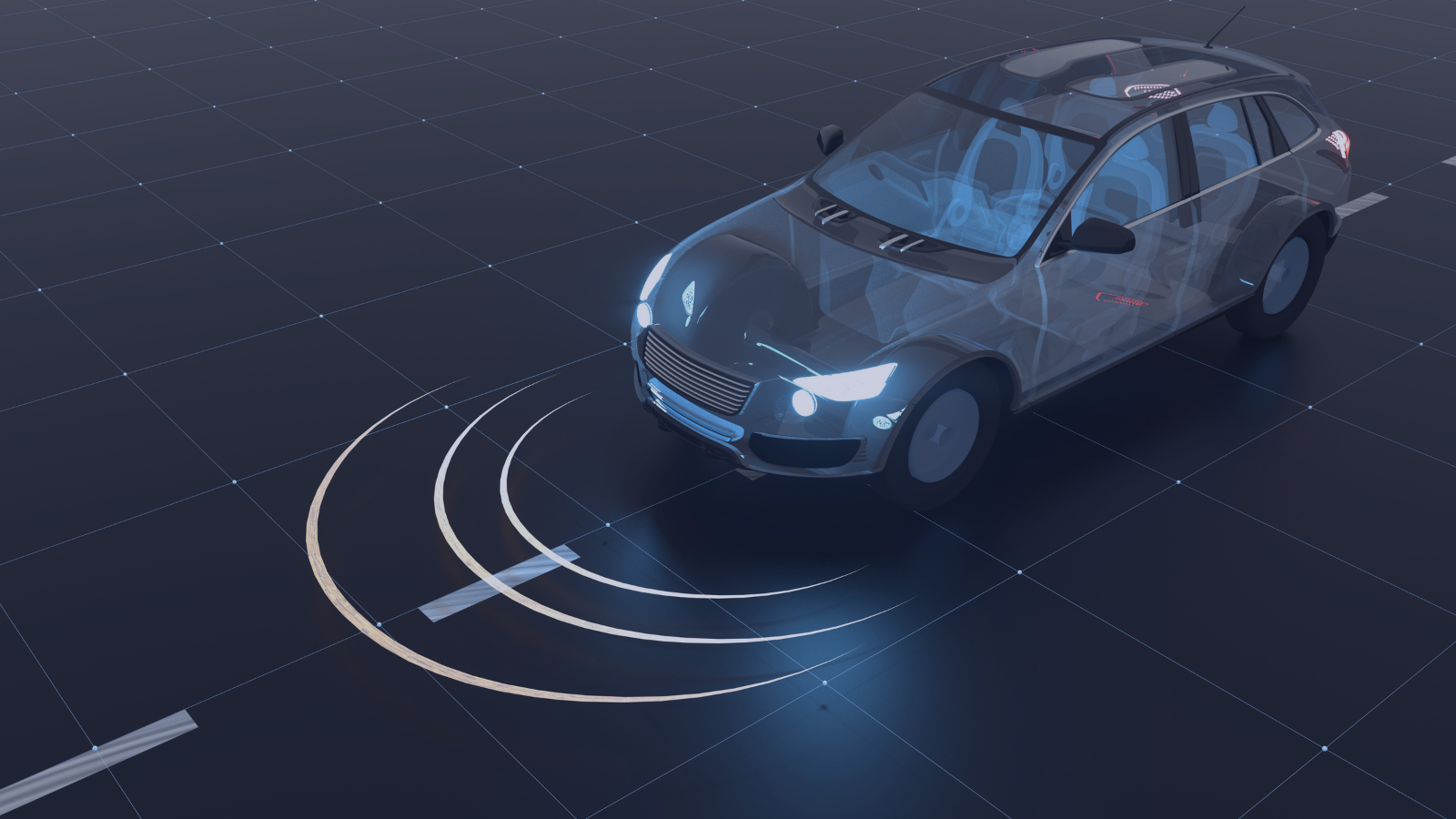Our appeal for the past 26 years has been the same. Each year, during National Work Zone Awareness Week, we’ve asked drivers to pay attention in our work zones. We’ve asked them to drive with caution. We’ve reminded them people’s lives are at stake.
But we haven’t always said whose lives we’re talking about.
It may surprise drivers that about 7 out of 8 people who die in work zone accidents are drivers or their passengers, according to 2022 Bureau of Labor Statistics data.
[Read more…]Read More








